The spirit of Google's Tango augmented reality platform lives on at Vivo, a China-based company that has developed its own 3D sensor for mobile devices.
Presented during this week's Mobile World Congress in Shanghai, the smartphone maker revealed its new the time-of-flight (ToF) 3D sensing technology and demonstrated its various features.
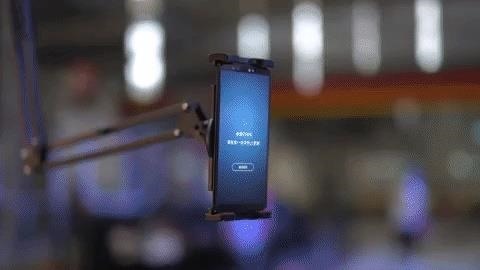
The sensor is capable of mapping objects within three meters, which positions the sensor to compete with the iPhone X's TrueDepth camera, as opposed to the room-scale capabilities of Google's Tango sensors as far as depth sensors for mobile devices are concerned.
Vivo actually surpasses Apple in specs, as Vivo's sensor is capable of mapping 300,000 feature points, compared to 30,000 points that TrueDepth captures.

"From last year's debut of In-Display Fingerprint Scanning Technology, the recent launch of the truly bezel-less Vivo NEX, to our groundbreaking ToF 3D sensing technology, we continue to forge ahead and evolve towards the truly intelligent future by opening new ways for the AI to help the consumer," said Alex Feng, senior vice president of Vivo, in a statement. "By combining ToF 3D sensing technology with AI, we will continue to explore new possibilities for a better future."
The sensor opens up opportunities for Vivo (and other manufacturers who opt to use the sensor in their devices) not only to mimic the experiences available on the iPhone X, namely Animojis, Face ID, and Portrait Mode, but also bring new capabilities, such as gesture recognition, body tracking, and 3D scanning, to a wider range of devices.

Nevertheless, Apple has demonstrated that its tight integration between hardware and software results in an overall smoother user experience when it comes to employing such sensors. Similarly, Google's Pixel enjoys a consensus among device reviewers for its high quality AR software experience.
So while Vivo's sensor is an encouraging development for augmented reality experiences on mobile devices, it remains to be seen just how well it really stands up to the competition once it's out in the wild and in the hands of users.
Just updated your iPhone? You'll find new features for Podcasts, News, Books, and TV, as well as important security improvements and fresh wallpapers. Find out what's new and changed on your iPhone with the iOS 17.5 update.









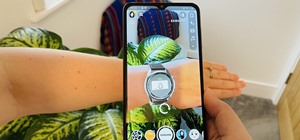

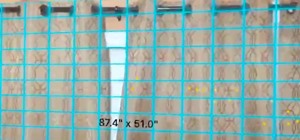


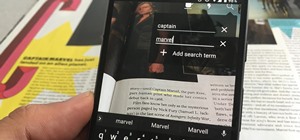


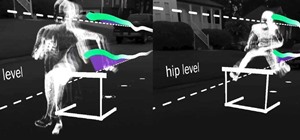

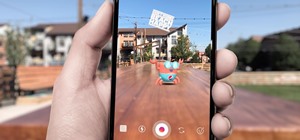

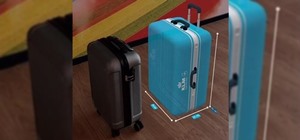


Be the First to Comment
Share Your Thoughts